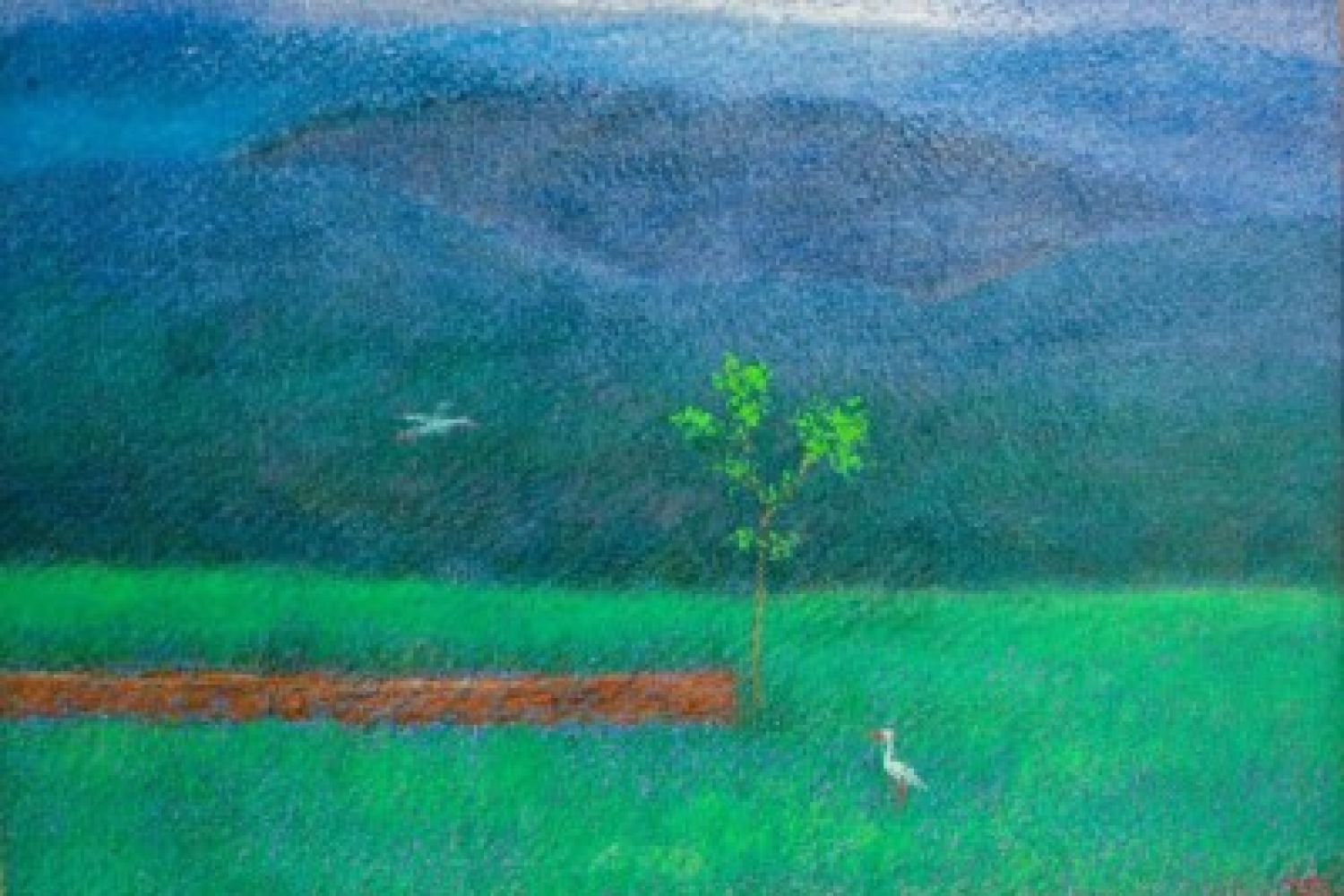
When I first crossed
the threshold of my future home in the northern Doon valley, I experienced a
feeling of ambiguity. On one hand, I was charmed by the countrified ambience
and lushly forested surrounds. After an interminable search for land on which
to build, here was an attractive, ready-made home in a quiet village, its
environment unsullied, its inhabitants uncorrupted by urbanity. A perfect
setting for creative thought and activity. Yet I was not entirely satisfied. My
ideal would h





